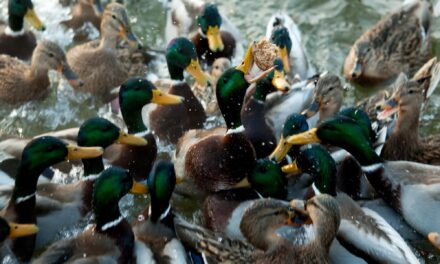RICHARDSON – It’s common to see wildlife animals like coyotes and bobcats in north Texas. In the early part of the year, the animals can be spotted more often and people should know what to do if you can encounter one.
“If they are in close proximity they should yell, wave their hands. If they have access to something that makes noise with, coyotes will turn and runaway. By most part, coyotes are skittish of people and they are non-aggressive towards people. So, if you express your dominance and you’re not afraid of them, they will run away and go the other way,” said Bill Alsup, director of Health for the City of Richardson.
Coyotes are generally not a danger to people. The animals are known to attack rabbits, rodents and insects – and sometimes small family pets left unattended.
“Coyotes can attack small dogs that may be off leash or real far away from their owners. Anything that is small, about rabbit size, is what they are after so, those small size dogs are potential prey to coyotes. The best solution to that is keeping those animals on leash and keep them close, about six feet of you. So, that means no long retractable leashes that are 15 feet long. Keep them close to you,” he said.
Animal crews in Richardson said the coyote and bobcat activity in the community has been very normal and there are no concerns. The best way to keep these wildlife creatures away from neighborhoods is simple.
“Its important not to leave out food in your backyard. Don’t leave out trash, they are a great scavenger, they will use those as a food source and be attractive to your home. If you have a bird feeder, the debris that falls out on the ground will attract rodents in the evening which then attracts coyotes,” said Alsup.
Coyotes can range from twenty to fifty pounds and are typically about two feet tall, about the same size as a small German Shepard. Residents with concerns can call the city.
“If you do see an aggressive coyote or one in particular that is walking up and approaching humans, you can call animal services. We do have the ability to track those and see where their denning areas are and help with control efforts that way,” he said.
For more information: https://www.cor.net/coyotes




